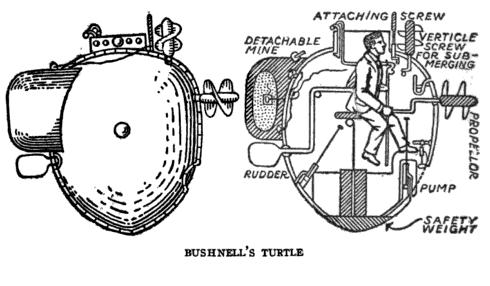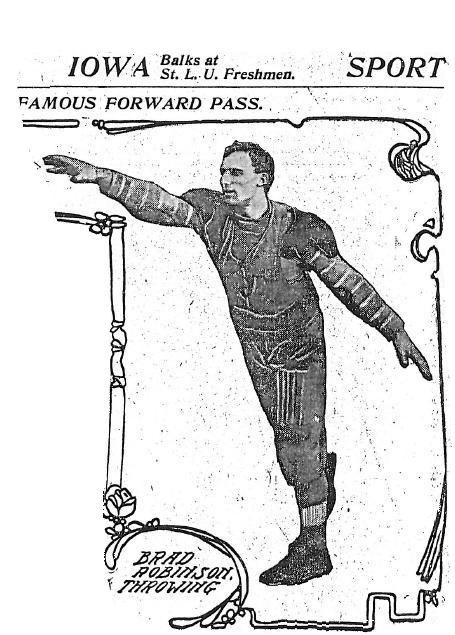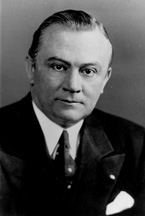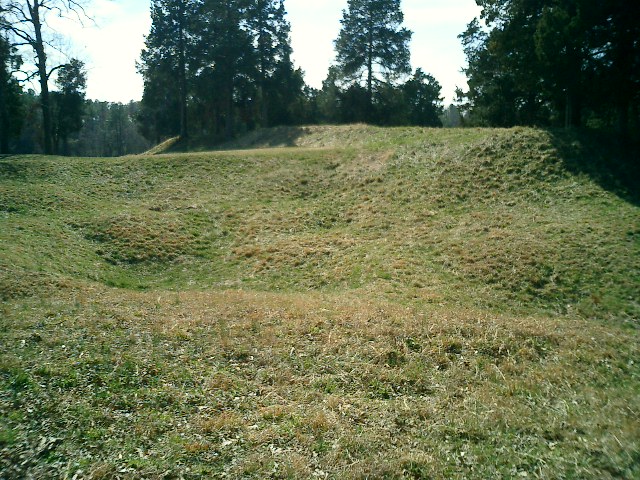
Let's get started with my favorite.
In 1740, a baby was born in what is today Old Saybrook, CT. David Bushnell was the first male born into what would be a pretty big farm family. David, however, was different from his brother and sisters. He was brilliant. After an agrarian and religious education, Bushnell enrolled at Yale College right about the time when America was thinking about breaking free from England. Good timing! While at Yale, Bushnell experimented with his favorite substance- gunpowder. In 1775, the not so young David (he enrolled in college only after the affairs of the family farm were in order) proved that gunpowder could detonate underwater and created a time bomb. Great ideas but how could they be put to practical use.
Why create a submarine, of course! One problem. Everyone else who attempted to create a submarine up until 1776 had failed miserably. But again, David was different. He was brilliant. Bushnell created a craft he called
the Turtle (for obvious reasons). The craft was man-powered (by his brother, Ezra) and used various levers and pedals to move through the water. The powder keg was attached by a rope and a spike. The idea was to maneuver the submarine under a ship and attached the powder keg with the spike. Once the spike (keg attached) left the submarine, Bushnell's time bomb would start ticking.
Did it work? Not really. Two attempts were made in 1776 in New York Harbor, but unfortunately for David, he didn't take into account how hard the lining on the bottom of ships was. Another event led by Bushnell inspired the
Battle of Kegs poem, but that's a story for another time.
After serving in the Army for the remainder of the war, David simply disappeared. A few years later, however, a certain Dr. David Bush appeared to Warrenton, GA. Dr. Bush was a kind older man who assumed not only the role of town physician but also served on various councils. Dr. Bush became all the more interesting when he died and the contents of his will revealed him as the inventor of the submarine; one David Bushnell.
For more info, I suggest:
I first heard this story in Webb Garrison's, Great Stories of the American Revolution.



